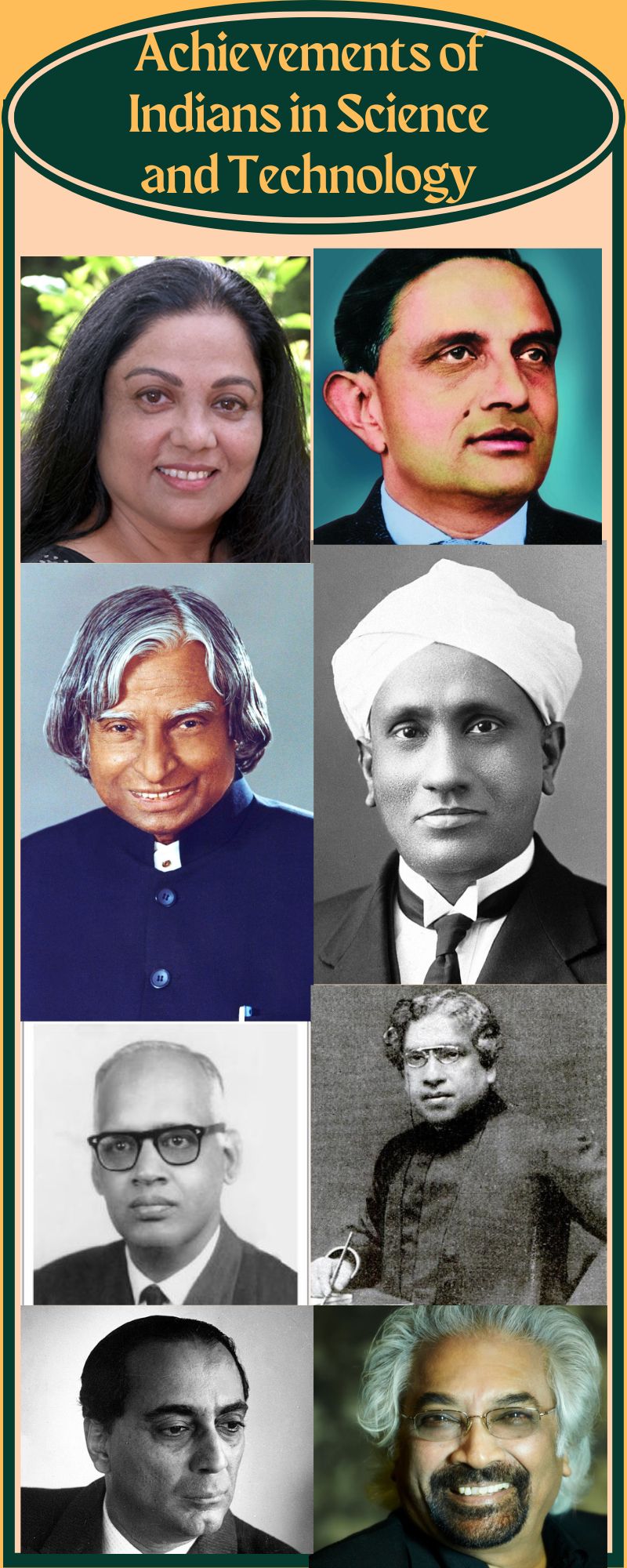Indian scientists have made significant contributions in various fields of science, including space exploration, medicine, and technology. But it is also known for its rich history of scientific achievements. The country has produced some of the world’s most Renowned scientists and innovators, who have made significant changes to various fields of science and technology.
India has a rich history of scientific achievements, which can be traced back to ancient times. Moreover, the country has made significant contributions to various fields of science and technology, including mathematics, Astronomy, medicine, and Engineering. Here is the list of Indian scientists who had made significant benefications to the world
Here are the Prominent Indian scientist and Their achievements
Koti Hari Narayana:
Koti Harinarayana is an Aviation engineer born in Brahmapur on the Odisha- Andhra Pradesh border. He was one among the prominent Indian Scientists. Hari Narayana graduated as an aviation engineer from the Indian institute of technology, Bangalore.
Moreover he was the brain behind India’s first Indigenously built light combat aircraft TEJAS. India’s first light combat aircraft was built by HAL and developed by Harinarayana. He was the former president of the Aeronautical society of india.
“The Legacy of a Trailblazing Scientist: C.V. Raman’s Contributions to Science”
Sri Chandra Shekara Venkata Raman was an Indian Physicist and one of the most renowned scientists in india. He had pioneering work on the scattering of light. Raman invented the Raman effect, which means when light traverses a transparent material, some of the deflected light changes its wavelength.
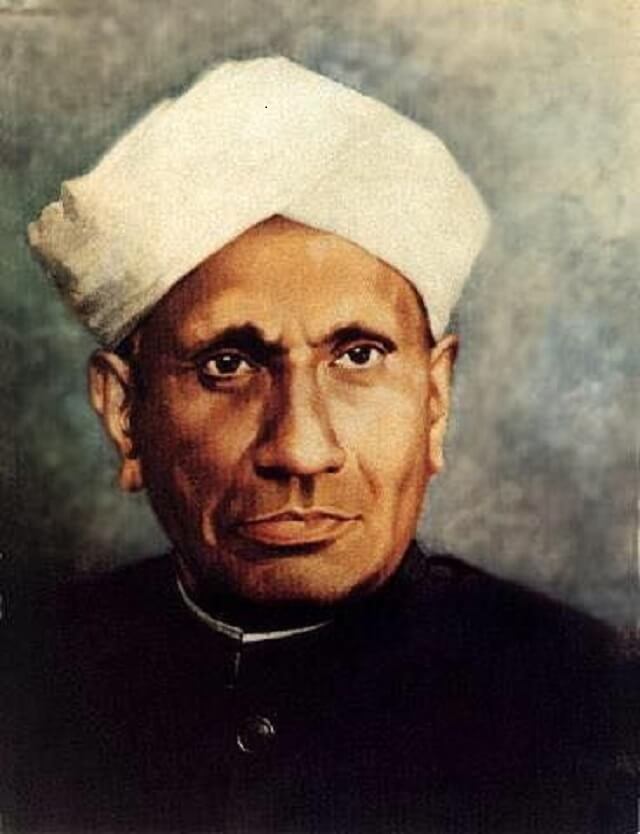
He was the first Asian and nonwhite person to receive the nobel prize for physics in 1930. He studied acoustic musical sounds and investigated the harmonic nature of sound in musical instruments. Moreover, India celebrates 28 February as national science day, commemorating the discovery of the Raman effect in 1928.
“Pioneering Scientist: The Life and Work of Jagadish Chandra Bose”
He was an eminent scientist. He developed galena crystals for both Short-wavelength waves and white & ultraviolet light. In 1895 two years before the Marconis demonstration, bose demonstrated wireless communication using radio waves.
He invented many microwave components like Waveguides, Horn Antennae, Polarizers, Dielectric lenses and Prisms, and even Semiconductor detectors of Electromagnetic radiation. Bose detected electromagnetic radiation from the sun, which was confirmed in 1944.
He also presented animal and vegetable tissues that generate similar responses under different stimuli like mechanical, thermal, electrical, and chemical.
Prafulla chandra ray:
He was a famous chemist and founder of “Bengal Chemicals & pharmaceuticals.” It was India’s first pharmaceutical company. His publications on miraculous nitrate and its derivatives brought him worldwide recognition.
Prafulla contributed to developing industries. He published around 150 research papers during his lifetime. His autobiography “life and experiences of a Bengali chemist” was published in two volumes in 1932 and 1935. After extensive research, he became interested in ancient texts and published “the history of Hindu chemistry.”
Meghnad Saha:
He was an Indian astrophysicist who developed the “Saha equation.” It is the basic equation for the interpretation of the spectra of stars. He was also the chief architect of river planning in india. Meghnad also invented an instrument to measure the weight and pressure of solar rays. He prepared the original plan for the “damodar valley project.”
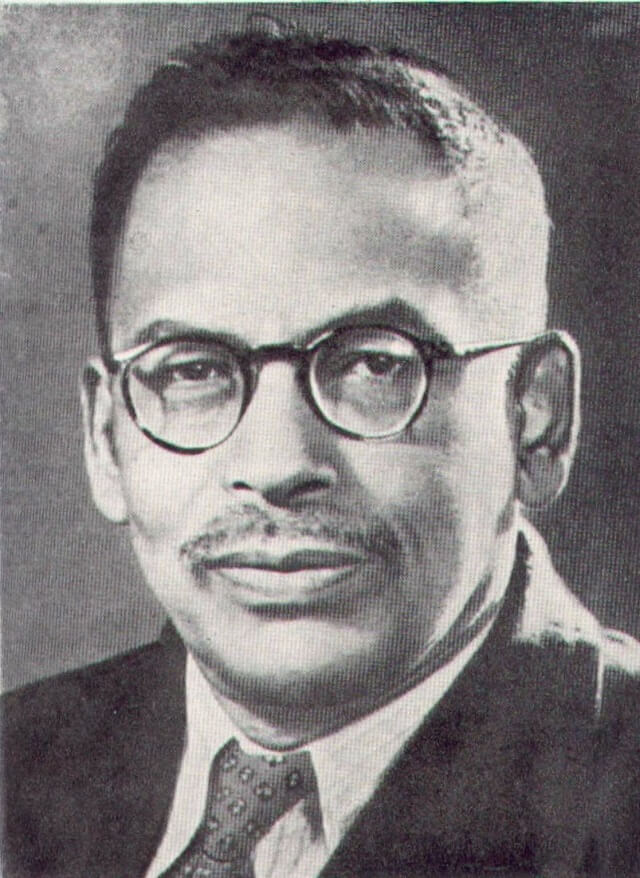
He was the leading spirit in organizing various scientific societies in India, such as the National academy of science, the Indian institute of science, Indian physical society.
Satyendra Nath Bose:
Satyendranath Bose is a mathematician and physicist best known for his work in quantum mechanics.He was one among the renowned indian Scientists. He is famous for the bose-einstein theory. Bose modified the theory of radiation and the ultraviolet catastrophe into a short article called “Planck’s Law and the Hypothesis of Light Quanta” and sent it to Albert Einstein. Later Einstein agreed with him and translated bose’s article “Planck’s Law and the Hypothesis of Light Quanta” into Germany and published Zeitschrift für Physik under his name in 1924.
In 1937 Rabindranath Tagore dedicated his book on science, “visva parichay,” to Satyendra nath bose. The Indian government honored him through Padma Vibhushan.
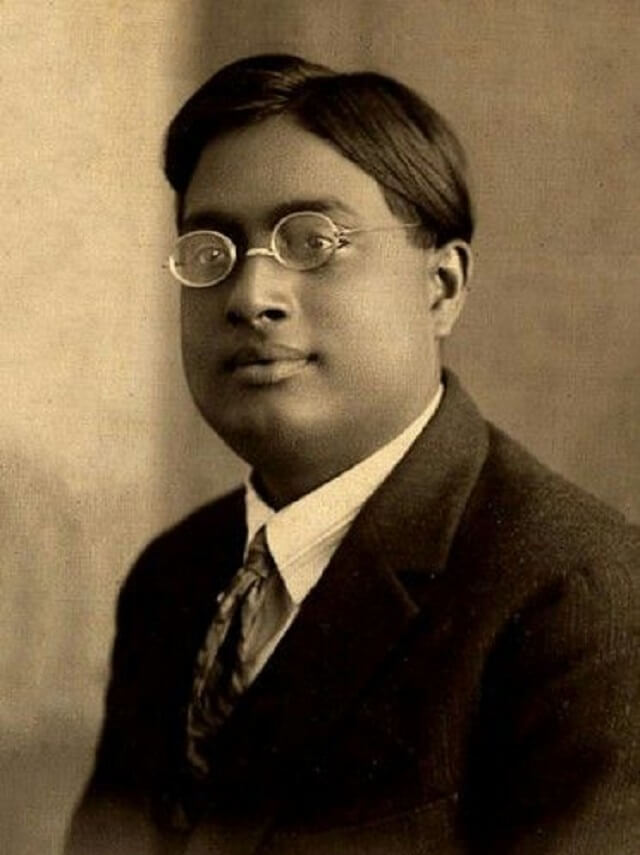
Homi jehangir bhabha:
Homi Jehangir Bhabha is referred as the father of India’s nuclear program. His major contributions include Compton Scattering, the R-process, and the advancement of nuclear physics. He also motivated electronics, space science, radio Astronomy, and Microbiology research. He played an important role in convincing the then Prime Minister of India, Jawaharlal Nehru to start the nuclear program. In 1941 Bhabha was elected as a fellow of the royal society. In 1954 the government of India honored Bhabha with Padma Bhushan.
A.P.J.Abdul kalam:
Kalam is also known as an Indian Aerospace scientist, an inspirational leader, and an extraordinary human being. He also popularly called as the missile man of India.
In 1970 and 1990, Kalam successfully developed polar SLV and SLV. In the 1970’s Kalam, he also directed two new projects, namely project devil and project valiant.
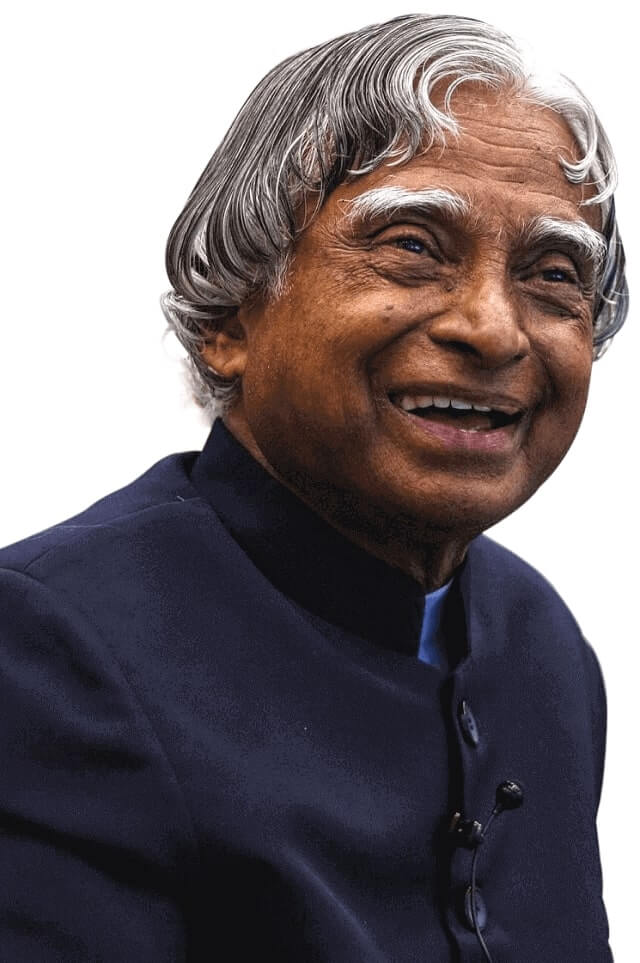
Besides being a distinguished scientist and engineer he also served as the 11th president of India from 2002 to 2007. After completing his Presidency, Kalam embarked on an illustrious academic career. He became a visiting professor at the Indian Institute of Management Shillong, where he shared his knowledge and experience with the students. Later, he also took up similar roles at the Indian Institute of Management Ahmedabad and the Indian Institute of Management Indore.
Additionally, he was appointed as an Honorary fellow of the Indian Institute of Science, Bangalore. Kalam also served as the Chancellor of the Indian Institute of Space Science and Technology Thiruvananthapuram and as a professor of Aerospace Engineering at Anna University.
Furthermore, he was an adjunct at many other academic and research institutions across India, where he continued to inspire and educate the next generation of leaders.
Additionally, he taught information technology at the International Institute of Information Technology, Hyderabad, and technology at Banaras Hindu University and Anna University. He played an important political and technological role in the development of Pokhran2.
The government of India honored him with Padma Bhushan in 1987 and with Padma Vibhushan in 1990 for his work with ISRO, DRDO, and as a scientific adviser to the Indian government. Additionally, in 1997 he received India’s highest Civilian honor, Bharat Ratna.
The Neuroscience Trailblazer: Shubha Tole’s Contributions as a Scientist
Shubha Tole is an Indian neuroscientist well known for her research on the development and organization of the brain. She was born in Mumbai, India, and received her education at the University of Mumbai and the California Institute of Technology.
Tole’s research focuses on understanding how the brain is formed and functions at the molecular and cellular levels. Her work has helped to shed light on the mechanisms that underlie brain development, including the formation of neural circuits and the regulation of gene expression in the brain.
Tole has received numerous awards and honors for her contributions to neuroscience, including the Shanti Swarup Bhatnagar Prize for Science and Technology in 2014. She is also a fellow of the Indian National Science Academy and the Indian Academy of Sciences.
Tole’s research continues to be influential in the field of neuroscience. It has important implications for developing new therapies for neurological and psychiatric disorders.
“The Father of India’s Space Program: Vikram Sarabhai’s Legacy as a Scientist”
He was one of the most renowned scientists in india. He is also known as the father of the Indian space program. In 1965 he established a community science center to generate awareness of science in students. The satellite Instructional Television Experiment[SITE] launched in 1975-1976, providing education to 5 million people in 2400 villages.
He was chairman of the Atomic energy commission in 1966, president of the 14th general conference of the international atomic energy agency, and vice-president and chairman of the UN conference on the peaceful use of outer space in 1968.
India’s first satellite Aryabhatta launched in 1975, one of the many satellites he planned. Besides science, he has the qualities of an innovator, visionary, and industrialist. In 1962 he awarded Bhatnagar memorial award and the Padma Bhushan in 1966 and subsequently awarded with Padma Vibhushan.
Yellapragada Subbarao:
He was one of the greatest biologists of all time in history. He discovered the functioning of adenosine triphosphate as an energy source in cells. And also he developed methotrexate for the treatment of cancer.
Subbarow also credited with synthesizing the chemical compounds folic acid and methotrexate. Though Subbarao did not awarded with the Nobel Prize, his discoveries made him the father of targeted cancer chemotherapy.
Shanti Swaroop Bhatnagar:
He was an eminent Indian scientist. Bhatnagar interested in science and engineering during his early years. He has made a great contribution to building post-independence science & technology in India’s infrastructure and formulating science policies in India.
Raja Ramanna:
Raja Ramanna is a distinguished physicist and nuclear scientist. He also known as the father of the Indian nuclear program. Moreover, he is an accomplished person and played as a technologist, nuclear physicist, administrator, musician, Sanskrit literature scholar, and philosophy researcher. His primary interests are in nuclear physics. Dr. Ramanna held many important positions in his science career.
Moreover, he contributed his knowledge in many they include, Defence Research and Development Program’s Director-General, the Bhabha Atomic Research Center’s Chairman of the Atomic Energy Commission, the Vice-president of the Indian National Science Academy, and the National Institute of Advanced Studies Director.
He received the Shanti Swaroop Bhatnagar prize for science & Technology, Padma Vibushan in 1975, Padma Bhushan in 1973, and Padma Shri in 1963. Additionally he appointed to the ministry of defense in 1990.
Structural Biology Pioneer: G.N. Ramachandran’s Contributions as a Scientist
Gopala Samudram Narayan Iyer Ramachandran is one of the eminent Indian scientists of the 20th century. He known for his work in the Ramachandran plot, understanding Peptide structure. He recognized for bringing together into the one field of molecular biophysics the then disparate fields of X-ray crystallography, peptide synthesis, NMR and other optical studies, and physicochemical experimentation.
In 1970 he founded the molecular biophysics unit at the Indian institute of science, later known as the center of advanced study in biophysics.
Sam Pitroda:
Sathyanarayan Ganagaram Pitroda also known as Sam Pitroda, was a distinguished scientist. Moreover, he is a telecom engineer, inventor, policymaker, and entrepreneur. Pitroda played an important role in developing India’s foreign and domestic telecommunication policy.
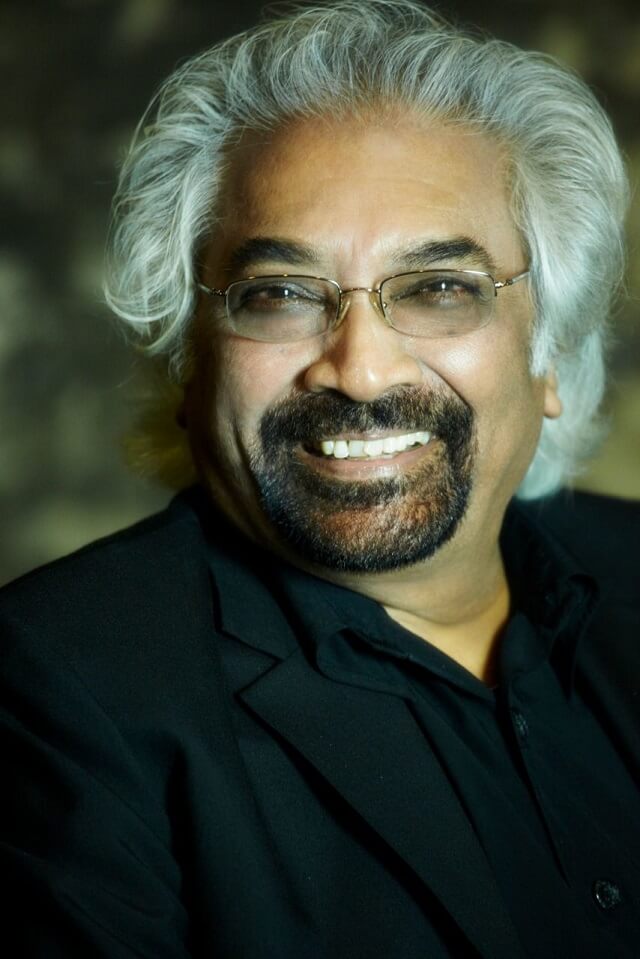
He is popular technical professor for the telecommunication revolution in India, specifically, the ubiquitous, yellow-signed public call offices (PCO) that quickly brought cheap and easy domestic and international public telephones to the country.
Conclusion:
In conclusion, Indian scientists have made remarkable achievements in science and technology, contributing significantly to advancing human knowledge and welfare.
Additionally, from the discovery of the Higgs boson to the development of affordable healthcare technologies, Indian scientists have shown their creativity, innovation, and perseverance in tackling some of the most pressing challenges of our time.
However, more needs to be done to nurture and support the next generation of scientists and address the Infrastructure, funding, and policy gaps that hinder scientific progress in India.
However, with continued investment and collaboration, India can continue to be a global leader in science and technology, positively impacting the lives of people around the world.
For more articles visit: 21Hashtags
